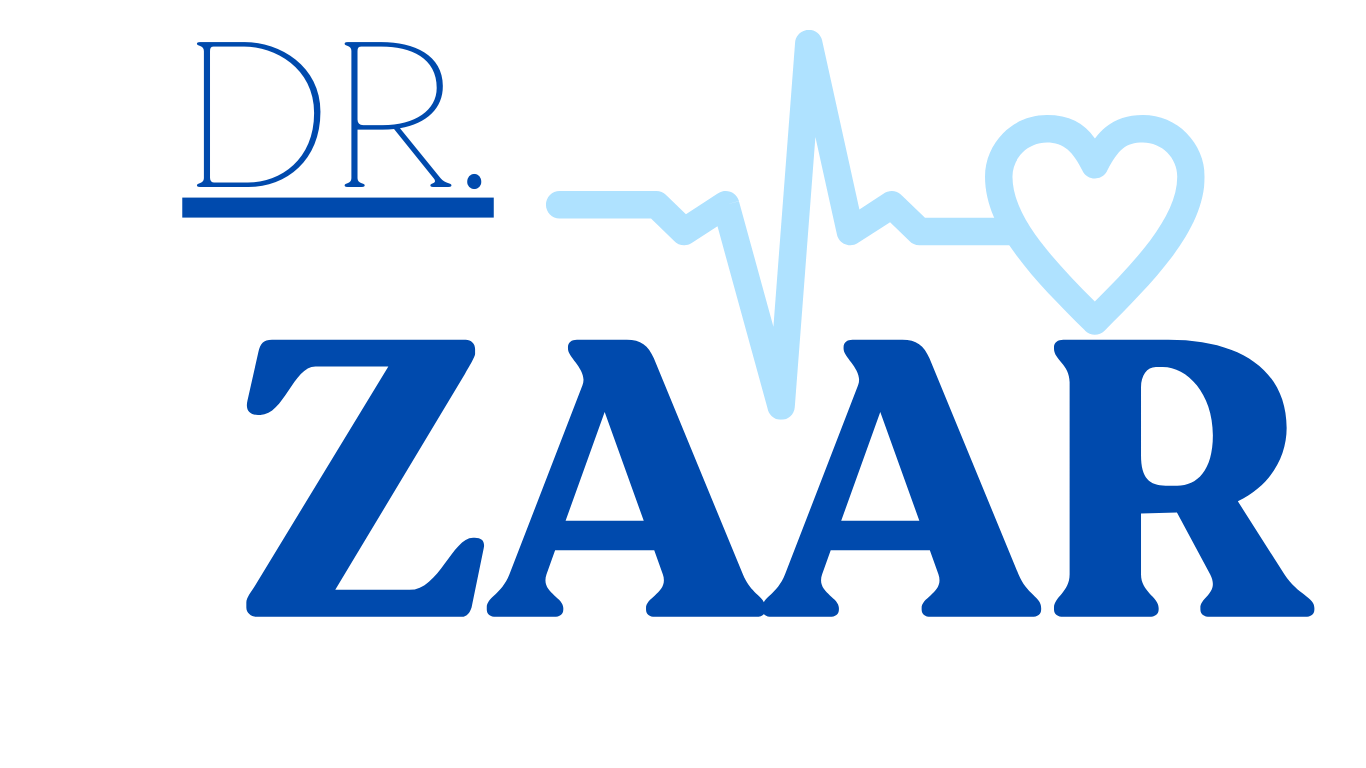Unraveling the Neuroendocrine Nexus: A Case Study on Noradrenaline’s Role in Pituitary Disorders
Introduction:
In the realm of endocrinology, the intricate interplay between the nervous system and the endocrine system holds profound implications for understanding and managing pituitary disorders. This case study delves into the clinical presentation, diagnosis, and treatment of a patient with a pituitary disorder, shedding light on the pivotal role of noradrenaline in modulating pituitary function.
Case Presentation:
Ms. A, a 38-year-old female, presents to the endocrinology clinic with complaints of weight gain, fatigue, and irregular menstrual cycles over the past year. On further inquiry, she reports experiencing frequent headaches and visual disturbances, prompting concern for a possible pituitary pathology. Physical examination reveals central obesity, moon facies, and purple striae, suggestive of Cushing’s syndrome.
Investigations:
Laboratory investigations reveal elevated serum cortisol levels and failure to suppress cortisol secretion on overnight dexamethasone suppression test, confirming the diagnosis of Cushing’s syndrome. Further evaluation with magnetic resonance imaging (MRI) of the pituitary gland reveals a microadenoma in the anterior pituitary, consistent with a diagnosis of Cushing’s disease.
Pathophysiology:
Cushing’s disease, a form of Cushing’s syndrome caused by an adrenocorticotropic hormone (ACTH)-secreting pituitary adenoma, underscores the intricate neuroendocrine interactions governing pituitary function. Noradrenaline, acting through adrenergic receptors expressed on pituitary cells, plays a crucial role in regulating ACTH secretion. Dysregulation of noradrenaline signaling may contribute to the aberrant secretion of ACTH observed in Cushing’s disease.
Treatment:
The patient is initiated on medical therapy with a dopamine agonist, targeting prolactin secretion and potentially shrinking the pituitary adenoma. Additionally, pharmacological agents targeting noradrenergic receptors are considered as adjunctive therapy to modulate ACTH secretion and mitigate the symptoms of Cushing’s syndrome. Close monitoring of cortisol levels and imaging studies are planned to assess treatment response and tumor progression.
Discussion:
This case highlights the multifaceted nature of pituitary disorders and the integral role of noradrenaline in regulating pituitary function. By understanding the underlying neuroendocrine mechanisms, clinicians can tailor therapeutic interventions to target specific pathways involved in disease pathogenesis. Further research into the role of noradrenergic signaling in pituitary disorders may unveil new therapeutic targets and improve clinical outcomes for patients.
Conclusion:
In conclusion, the case study of Ms. A underscores the importance of unraveling the neuroendocrine nexus in the context of pituitary disorders. Noradrenaline emerges as a key player in modulating pituitary function, with implications for the pathophysiology and management of conditions such as Cushing’s disease. Through a multidisciplinary approach integrating clinical expertise and scientific insights, clinicians can optimize patient care and strive towards improved outcomes in the management of pituitary disorders.
